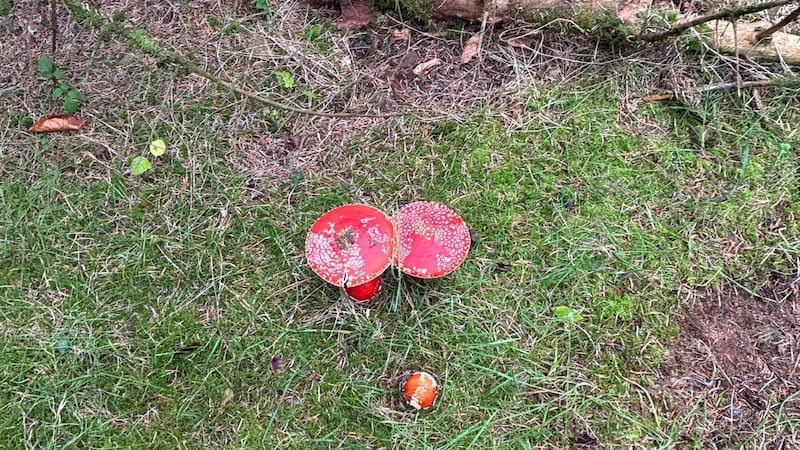The Environmental Protection Agency (EPA) identified 13 “national priority sites” during inspections of the food and drink, and waste sectors last year that are not complying with guidelines. The most common issues identified were poor operation of wastewater treatment plants, the handling of the storage of waste, and noncompliance with emission limits.
Six of the 13 are from the food and drink sector, with five from the waste sector. Issues with “odour and noise” were found during an inspection of Arrow Group in Kildare, while several sites, including Kepak Athleague in Roscommon; Western Brand Group in Mayo; and North Cork Co-Op Creameries in Cork had issues with discharges to water.
Others had issues with waste management, including SRCL in Dublin and City Bin in Galway.
The EPA carried out 1,434 inspections at EPA licensed sites during the year. This was an 11 per cent increase on 2021.
RM Block
Some 87 per cent of these inspections were unannounced.
€1 billion has now been secured by the EPA in the form of financial provisions to protect the taxpayer in the event of an environmental accident or incident at a licensed site.
Dr Tom Ryan, director at the EPA’s office of environmental enforcement, said these inspections were “targeted at sites that are not complying with their licence requirements”.
“The thirteen sites on the national priority sites list in 2022 were the subject of targeted enforcement action. While this represents only 1.5 per cent of the total sites licensed by the EPA, it is disappointing that the food and drink sector continues to make up a significant proportion of these,” he said.
A small number of sites were “threatening the green sustainable image that the sector endeavours to project,” Mr Ryan said.
The EPA’s aim was to ensure all sites, across all sectors, “resolve their environmental issues, return to compliance and operate without giving cause for complaints from their neighbours”.
The sites at which issues were found included two dairy processing facilities, three slaughtering facilities, one food processing facility, one waste transfer station, one anaerobic digestion plant and one landfill site.
The EPA’s annual report also highlighted that the amount of financial provisions secured by the EPA exceeded one billion euros for the first time in 2022.
Darragh Page, programme manager at the EPA’s office of environmental enforcement, said this money was needed to pay for “remediation or aftercare” of EPA licensed sites and for “any potential cleanup that may be required following an accident or incident”.
“This funding is secured and fully accessible to the EPA should the need arise. The EPA has secured over one billion euros in financial provisions from licensed sites. This means the public purse is protected and that the taxpayer will not have to pick up the costs in the event of an environmental accident or incident at any of these licensed sites,” he said.
















